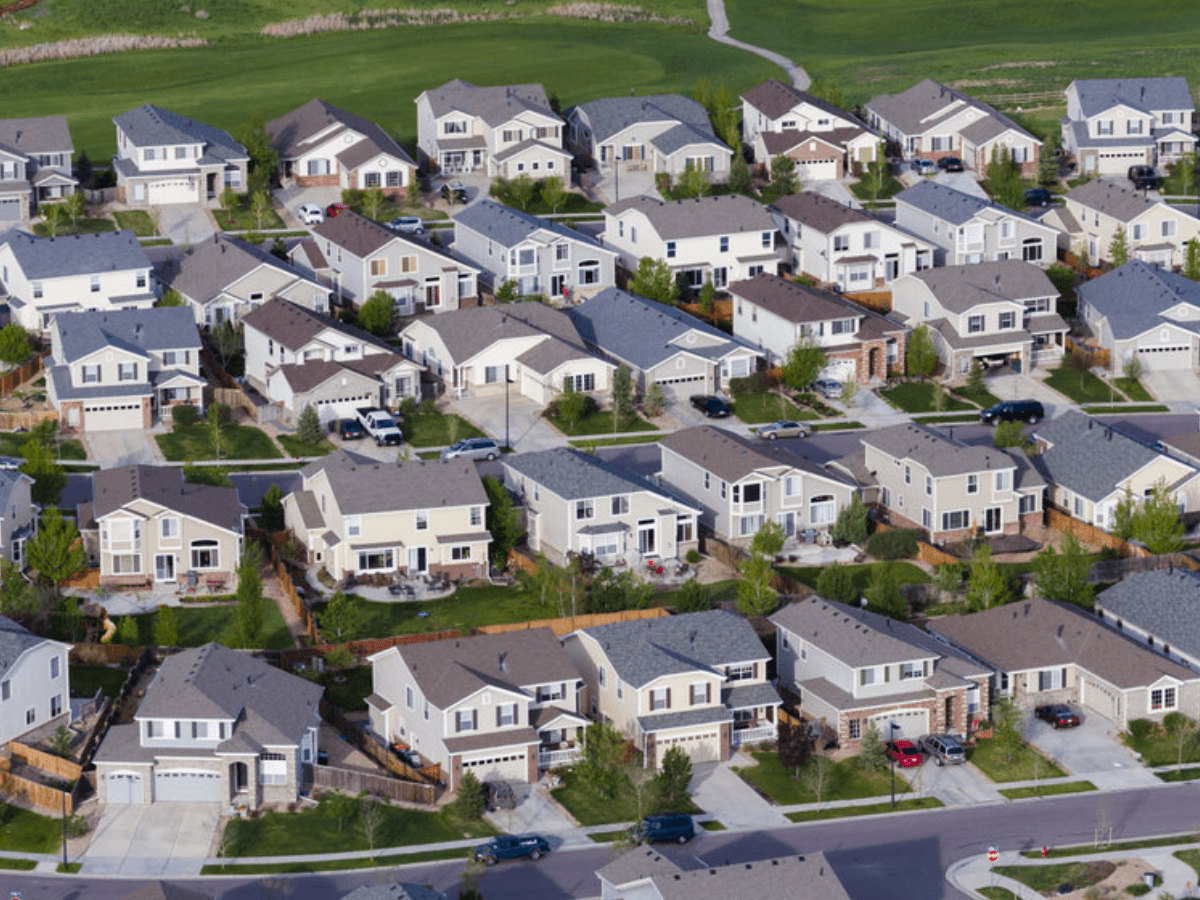
U.S. Home Sales Hit 30-Year Low in 2024
The U.S. housing market in 2024 has had one of its toughest years in decades as existing-home sales tumbled to their lowest point since 1995, to 4.06 million, versus 4.09 million a year earlier, reckons National Associations of Realtors. (In 2021 sales were 6.12 million.)
For the second year in a row, high mortgage rates and rising home prices left both buyers and sellers frustrated. As a result, the housing market has remained stuck in a prolonged slump.
The Strain of High Mortgage Rates
The main reason for the downturn in 2024 is mortgage rates, which have stayed high since late 2022. With rates for 30-year fixed mortgages range-bound between 6% and 8%, many Americans now find owning a home out of reach.
To put that in perspective, mortgage rates were sharply lower during the pandemic’s housing boom, often falling under 3%.
For many prospective buyers, the combination of high mortgage rates and record home prices has made buying a home much more expensive. As monthly mortgage payments soar, owning a home has become less affordable.
On top of that, rising property taxes and home insurance costs are adding to the burden for homeowners and those hoping to buy.
Stubbornly High Prices and Limited Inventory
Home prices, though slightly down from their peak in June 2024, remain elevated. The national median price for an existing home stood at $404,400 in December, a 6% rise from the previous year. Even though inventory has risen slightly, it is still far below historical norms, creating a supply shortage that keeps prices high.
The shortage is partly due to homeowners sitting tight in their current homes, reluctant to sell and buy again at the higher mortgage rates currently available. Many would-be sellers, enjoying low rates on their existing mortgages, are staying put and contributing to the lack of homes for sale.
Builders Seek Opportunities Amid the Crisis
While the existing-home market has stalled, new home builders are trying to make the most of the situation. Yet even they are confronting challenges. Painful mortgage rates have cut into the number of buyers who can afford new homes, and builders are struggling to secure financing at favorable terms.
That said, some builders are getting creative, offering mortgage payment subsidies to help buyers cope with the high rates. Still, with interest rates expected to remain high, building more homes may not be enough to fix the wider slowdown in the housing market.
The current market is frustrating for buyers and sellers alike. The high cost of homeownership has sidelined many buyers while sellers are hesitant to move because of the fear of higher mortgage rates. As a result, many are putting off their plans, which has helped keep home sales low.
In fact, sales of existing homes fell 0.7% in 2024, totaling just over 4 million homes. This is a big plunge compared with the more than 6 million homes sold in 2021 when mortgage rates were lower, and demand was high.
The low sales numbers are even more worrisome when you consider that the U.S. population has grown by about 25% since the mid-1990s.
The Outlook for U.S. Home Sales
The future of the housing market remains unclear. Some experts, like Priscilla Thiagamoorthy of BMO Capital Markets, are hopeful that buyers and sellers will adapt to higher mortgage rates, sparking some recovery. Others, like Rick Palacios Jr. of John Burns Research & Consulting, are skeptical, noting that without a sharp plunge in mortgage rates, a meaningful rebound is unlikely.
Although December 2024 registered a slight rise in sales, it wasn’t enough to reverse the overall slump. Sales were still 20% below 2019 levels, underlining the market’s struggles.
No wonder housing affordability erupted as a central issue in the 2024 presidential race with both candidates vowing to tackle soaring costs, in a reflection of how deeply the crisis is affecting Americans.
Spring 2025 may bring some relief as more homes hit the market. But until mortgage rates fall, the housing market will likely remain stuck in a cycle of high costs and low activity. For now many buyers and sellers are pinning their hopes on a slow recovery in the months ahead.



